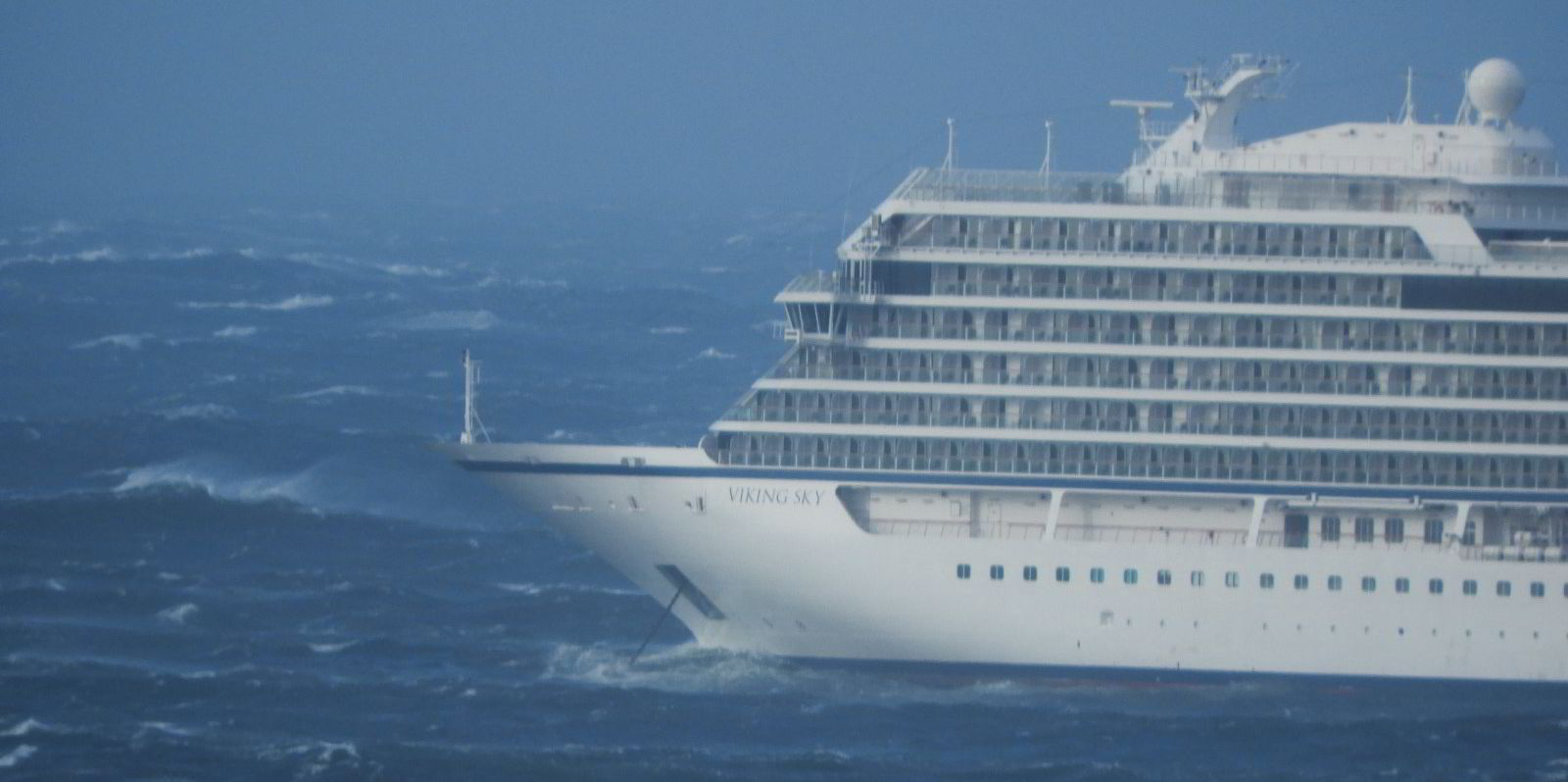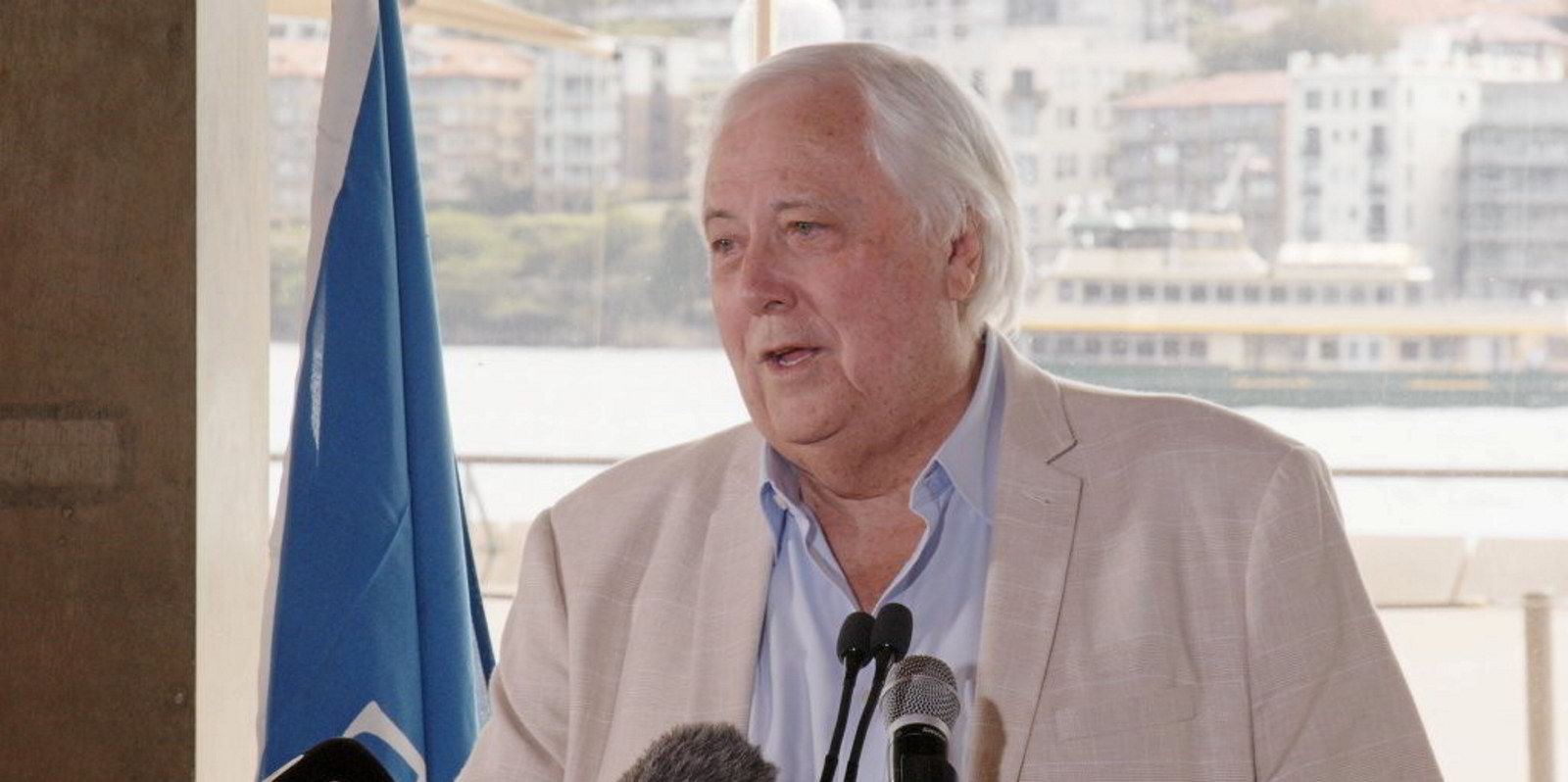The Viking Cruises ship that nearly crashed into the central Norway coastline in 2019 should have never set sail to begin with, safety investigators found.
In its report on the 47,800-gt Viking Sky’s power loss that left it drifting in the waters roughly 80 km (50 miles) north-east of Alesund, the Norwegian Safety Investigation Authority (NSIA) said the incident had the potential to be one of the worst maritime disasters of modern times.
“When Viking Sky left Tromso 21 March 2019, with one out of four diesel generators unavailable, both crew and passengers were unknowingly exposed to an increased risk as the vessel did not have the redundancy required under the Safe Return to Port … regulations,” the agency said.
“As Viking Sky did not comply with the applicable safety standards, it should not have departed Tromso under the prevailing circumstances.”
While carrying nearly 1,400 passengers, the 2017-built ship hit rough seas near Hustadvika, where an insufficient amount of lubricating engine oil caused air to be sucked into the engines as it pitched and rolled, according to the report.
The ship lost power, with crew scrambling for 39 minutes before topping up the lube oil and regaining propulsion and the ability to maintain a speed between one and five knots.
The ship was 200 metres from running aground before the engines were restarted, the agency said.

It added that the ship had never drilled recovering from a full blackout without a standby generator and that the lubricating oil tanks were non-compliant with regulators.
The NSIA made 14 recommendations, largely around engine design and directed towards owner Viking Cruises, registration society Lloyd’s Register and manager Wilhelmsen Ship Management.
Among those were recommendations regarding the design of the lube oil tank, which the agency maintains did not meet Safety of Life at Sea regulations.
A Viking Cruises spokesperson said it defers to the expertise of Lloyd’s Register and the Norwegian Maritime Authority (NMA) on safety standards.
“They have both confirmed that the vessel meets all required safety standards,” the spokesperson said.
“We continue to reiterate the importance of operating our vessels so that the safety and wellbeing of our guests and crew will always be given top priority.”
The NMA disagreed with the purported design flaw conclusion, even as it agrees that the cause for the blackout on board was lube oil issues.
It said the issues with the engine redundancy — the basis for the NSIA claim that the ship should have never left port — were not relevant to the Viking Sky incident.
“We disagree with the conclusion of non-compliance, which serves as the basis for several recommendations from the NSIA,” NMA department of vessels & seafarers head Havard Gaseidnes said.
The NMA added: “For the Viking Sky, the problem was that there was an insufficient level of oil in all four lubricating oil tanks. If the fourth generator had been in operation at the time, a blackout would have occurred there too.”
The incident required several helicopters to rescue passengers, as the 38-knot winds and 10-metre waves kept lifeboats from responding to the ship.
The airlift took 469 passengers to shore before the ship headed towards Molde. There were 25 injuries.



